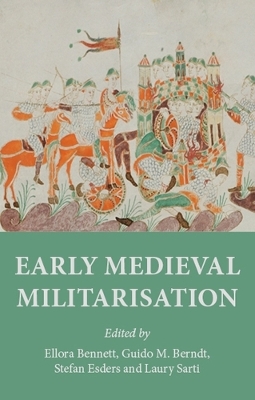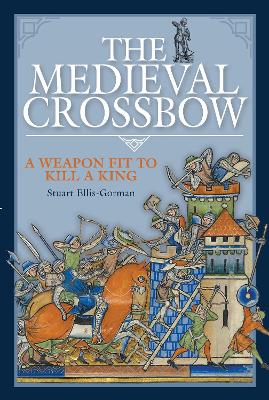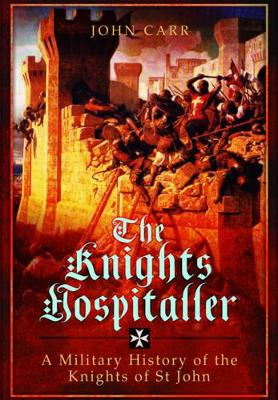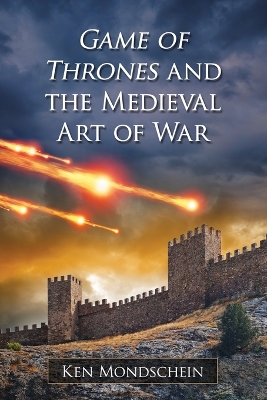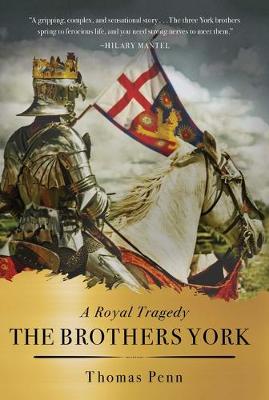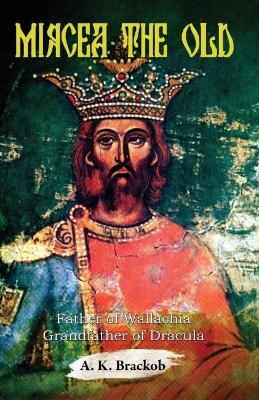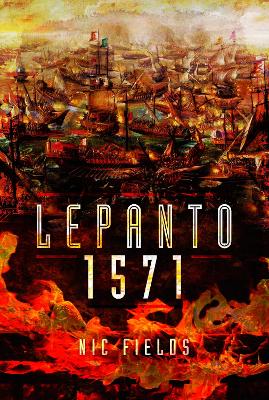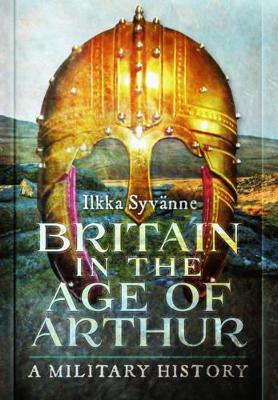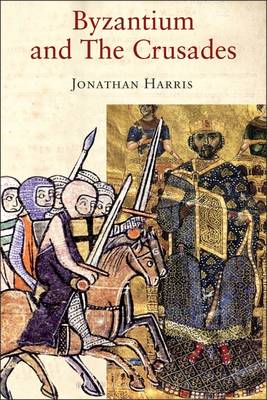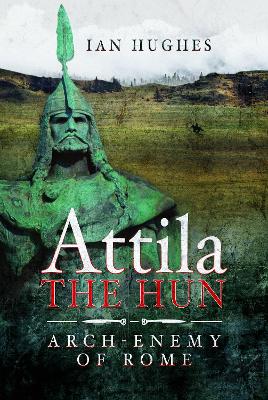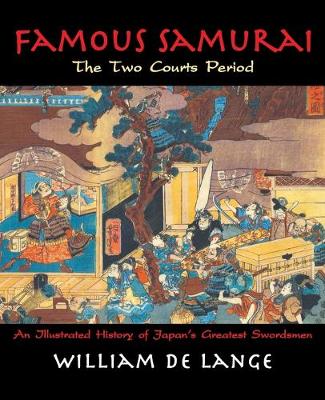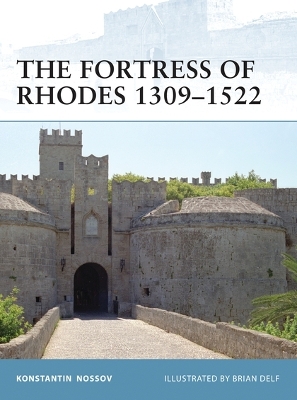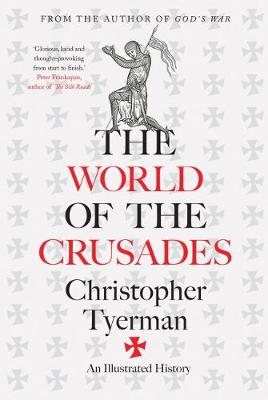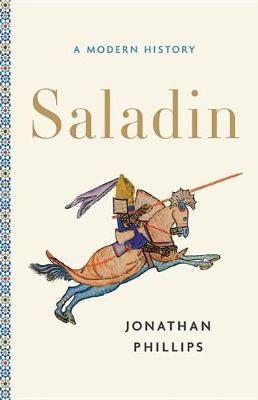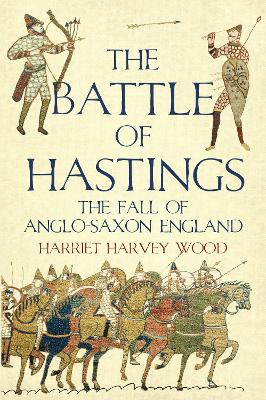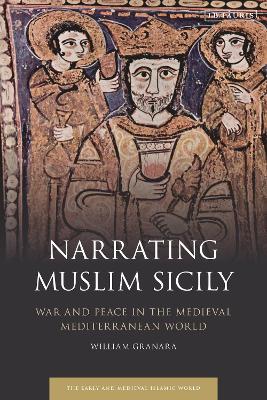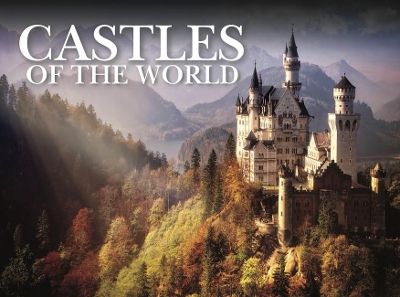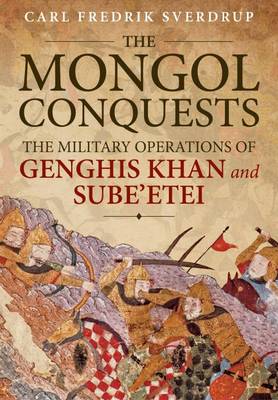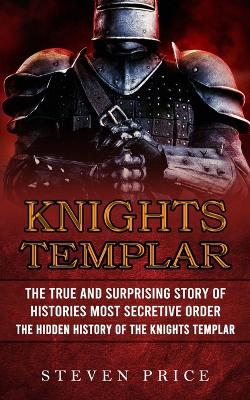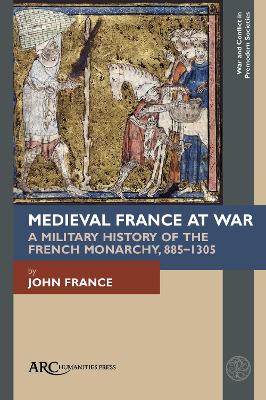The societies of ancient Europe underwent a continual process of militarisation, and this would come to be a defining characteristic of the early Middle Ages. The process was neither linear nor mono-causal, but it affected society as a whole, encompassing features like the lack of demarcation between the military and civil spheres of the population, the significance attributed to weapons beyond their military function and the wide recognition of martial values. Early medieval militarisation asse...
The crossbow is an iconic weapon of the Middle Ages and, alongside the longbow, one of the most effective ranged weapons of the pre-gunpowder era. Unfortunately, despite its general fame it has been decades since an in-depth history of the medieval crossbow has been published, which is why Stuart Ellis-Gorman's detailed, accessible, and highly illustrated study is so valuable. The Medieval Crossbow approaches the history of the crossbow from two directions. The first is a technical study of the...
Knights Hospitaller: A Military History of the Knights of St John
by John Carr
The Knights of St John evolved during the Crusades from a monastic order providing hostels for Christian pilgrims visiting the Holy Land. The need to provide armed escorts to the pilgrims began their transformation into a Military Order. Their fervour and discipline made them an elite component of most Crusader armies and Hospitaller Knights (as they were also known) took part in most of the major engagements, including Hattin, Acre and Arsuf. After the Muslims had reconquered the Crusader King...
The success of George R.R. Martin's A Song of Ice and Fire novels and HBO's Game of Thrones series underscores the perennial popularity of medieval history-or rather ""medievalism,"" the idea of the Middle Ages. Medievalist movies, books and video games are lucrative property in the multi-billion-dollar entertainment industry, and Renaissance fairs, reenactment groups and historical martial arts clubs have become prominent in pop culture. Yet actual medieval history-especially medieval military...
Campaldino is one of the important battles between the Guelphs and Ghibellines - the major political factions in the city states of central and northern Italy. It heralded the rise of Florence to a dominant position over the area of Tuscany and was one of the last occassions when the Italian city militias contested a battle, with the 14th century seeing the rise of the condottiere in Italy's Wars. In this highly illustrated new study, renowned medieval historians Kelly De Vries and Niccolo Cappo...
SELECTED AS A BOOK OF THE YEAR 2019 BY THE GUARDIAN, DAILY MAIL, SUNDAY TIMES, DAILY TELEGRAPH AND BBC HISTORY MAGAZINE 'A gripping, complex and sensational story, told with calm narrative command ... With insight and skill, Penn cuts through the thickets of history to find the heart of these heartless decades.' - Hilary Mantel'The Brothers York is savage, exciting, blisteringly good.' - Jessie Childs, author of God's Traitors'An epic orgy of colour and character.' - Leanda de Lisle, The Times...
In his remarkable book, Jonathan Phillips explores the conflict of ideas, beliefs and cultures and shows both the contradictions and diversity of holy war. He draws on contemporary writings - on chronicles, songs, sermons, travel diaries and peace treaties - to throw a brilliant new light on people and events we thought we knew well. Although the notion of fighting for one's faith fell into disrepute in the Enlightenment, Phillips traces the crusading impulse from the bloody conquest of Jerusale...
One of the greatest leaders in Romanian history, Mircea the Old comes to life in this new book. Although his grandson, Vlad the Impaler, has acquired much greater international fame, Mircea the Old was the most significant ruler to sit on the throne of the small principality of Wallachia during the Middle Ages. To understand the historical Dracula, it is essential to comprehend the life and times of Mircea the Old, who, during his long reign from 1386 to 1418, consolidated the political and admi...
The battle of Lepanto has long been considered one of the decisive naval battles of history. Yet, the savage fighting on Sunday, 7 October 1571 left the strategic map unchanged and the defeated Ottoman Turks were able to replace their losses and launch a new fleet the following year. Nic Fields re-examines the battle and concludes that, while it merely confirmed a strategic reality that had already emerged during the 16th century (i.e. that naval supremacy lay with the Sublime Porte in the easte...
King Arthur is one of the most controversial topics of early British history. Are the legends based on a real historical figure or pure mythological invention? Ilkka Syvanne's study breaks new ground, adopting a novel approach to the sources by starting with the assumption that Arthur existed and that Geoffrey of Monmouth's account has preserved details of his career that are based on real events. He then interprets these by using 'common sense' and the perspective of a specialist in late Roma...
Attila the Hun is a household name. Rising to the Hunnic kingship around 434, he dominated European history for the next two decades. Attila bullied and manipulated both halves of the Roman empire, forcing successive emperors to make tribute payments or face invasion. Ian Hughes recounts Attila's rise to power, attempting to untangle his character and motivations so far as the imperfect sources allow. A major theme is how the two halves of the empire finally united against Attila, prompting his...
The Black Prince and the Capture of a King
by Marilyn Livingstone and Morgen Witzel
The capture of a king in the course of a battle was a relatively rare event. This, the climactic event of the Black Prince's first campaign as commander, came at the end of nearly a year of campaigning across the southwest of France. The battle of Poitiers in 1356 is less well known than more famous clashes such as Agincourt, however, Poitiers was no less dramatic, and equally important in terms of the course of the Hundred Years War. The capture of King Jean brought France to the brink of tot...
Famous Samurai: The Two Courts Period (Illustrated Editions)
by William De Lange
First besieged in 305 BC, the island of Rhodes became part of the Roman Empire and was later fortified in the Byzantine style. Due to its strategic position in the Mediterranean, Rhodes was also attacked and besieged for over a century by Islamic forces. This title details the development of these fascinating fortifications, as well as the sieges that sought to reduce them.
A lively reimagining of how the distant medieval world of war functioned, drawing on the objects used and made by crusaders Throughout the Middle Ages crusading was justified by religious ideology, but the resulting military campaigns were fueled by concrete objectives: land, resources, power, reputation. Crusaders amassed possessions of all sorts, from castles to reliquaries. Campaigns required material funds and equipment, while conquests produced bureaucracies, taxation, economic exploitatio...
Harriet Harvey Wood's original and fascinating book shows that, rather than bringing culture and enlightenment to England, the Normans' aggressive and illegal invasion destroyed a long-established and highly-developed civilization which was far ahead of other European peoples in its political institutions, art and literature. It explores the background and lead-up to the invasion and the motives of the leading players, the state of warfare in England and Normandy in 1066, and the battle itself....
Urban and Industrial Water Conservation Methods provides comprehensive and practical information regarding water use for various different sectors and describes the most suitable conservation devices and techniques to reduce water consumption in urban environments. It demonstrates how these conservation devices and best practices can greatly and quickly increase the efficiency of water use in both new and existing buildings. Features: Examines conservation devices and techniques across resid...
Narrating Muslim Sicily (Early and Medieval Islamic World)
by Prof. William Granara
In 902 the last Byzantine stronghold in Sicily fell, and the island would remain under Muslim control until the arrival of the Normans in the eleventh century. Drawing on a lifetime of translating and linguistic experience, William Granara here focuses on the various ways in which medieval Arab historians, geographers, jurists and philologists imagined and articulated their ever-changing identities in this turbulent period. All of these authors sought to make sense of the island's dramatic twist...
Robust, romantic and imposing, castles capture our imagination when we were children and continue to hold interest throughout our lives. From Europe to Haiti, from India to Japan, Castles of the World explores forts, strongholds, towers and citadels from the ancient world up to the 20th century. Entries range from well-known examples such as Corfe Castle in England, the crusader stronghold of Krak des Chevaliers in Syria and the romantic palace of Neuschwanstein in Bavaria, to lesser-known curio...
The Mongols created the greatest landlocked empire known to history. It was an empire created and sustained by means of conquest. Initially an insignificant tribal leader, Genghis Khan gradually increased his power, overcoming one rival after another. After he had subjugated all tribes of Inner Asia, he struck southward into China and later attacked distant Khwarizm in the Near East. Sube'etei continued to make significant conquests after Genghis Khan died, co...
Medieval France at War (War and Conflict in Premodern Societies)
by John France
